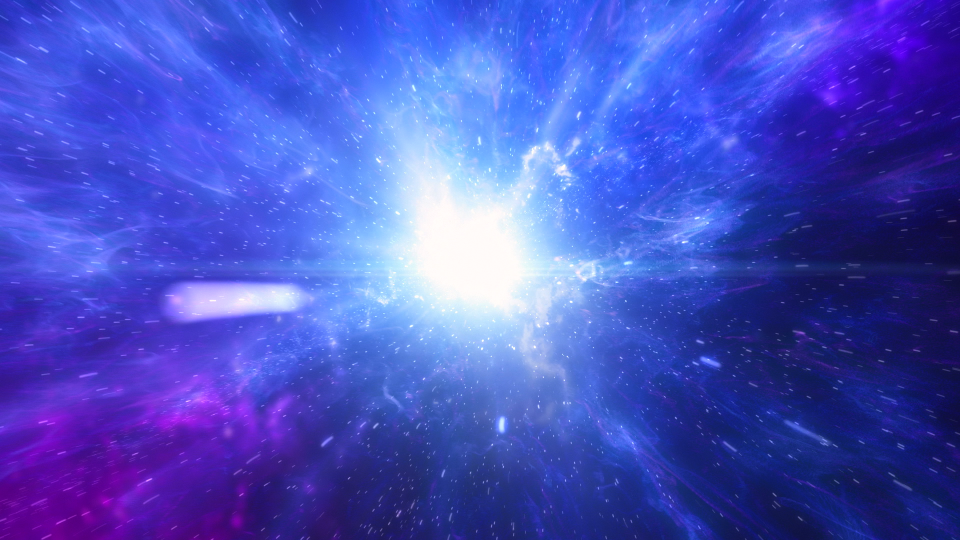Violent fire vortex sucks up a firehose in dramatic video. What happened?

Thousands of miles away from the deadly deluges brought by the now-tropical depression Florence, wildland firefighters are still battling extreme blazes out West.
An intense video posted to Instagram on Sunday shows a firefighting crew's violent meeting with a large fire vortex, known scientifically as a fire whirl.
SEE ALSO: A fire tornado hit California. Here's how it happened.
Wildland firefighter M.C. Schidlowsky — whose Instagram handle is mar.lowsky — posted the video taken in British Columbia, showing the vortex sucking a firehose up into the churning winds.
The crew was powerless to pull the heavy hose back. One firefighter, after the vortex ripped the hose away, hurled a rock at the fire, seemingly in frustration.
A post shared by M. C. Schidlowsky (@mar.lowsky) on Sep 15, 2018 at 1:32pm PDT
This fire whirl event was starkly different than the colossal fire tornado spawned during California's Carr Fire in July, wherein a towering 16,000 foot-tall inferno spun in the City of Redding.
"It’s a classic fire whirl," Michael Gollner, a fire scientist who researches fire whirls at the University of Maryland's Department of Fire Protection Engineering, said in an interview.
"It's very common for smaller whirls to occur in fires," said Gollner. "They’re more akin to dust devils."
Still, these fire whirls aren't weak events. Firehoses are heavy, especially the metal nozzles. This whirl sucked the hose up like paper.
"There was clearly a lot of momentum to have that much suction and pull," said Gollner, who could only speculate that the whirling winds were well over 100 mph. "There was quite a bit of weight it was pulling up."
"I’ve never seen a hose sucked up into a fire whirl before," he added.
For any whirl to form amid a fire, something must cause a swirling motion, like erratic winds or gusts spinning off hills or topography. Such events are evidently quite common.
"It's very easy to generate a fire whirl," said Gollner.
Although the events are typical in fires, it's likely these vortexes are seen even more these days than they were some 30 years ago. The reason is simple: The climate is warming, which means considerably more dried-out land and enhanced fire conditions than in previous decades.
About twice as much land burns in the U.S. today than in the early 1980s, and climate change is an integral reason why.
"There are more extreme fire weather days and more extreme drought than what was happening 30 years ago," noted Gollner. "The more days that you have extreme fries, the more likelihood you have to see giant fire whirls."
In August — well before the fire season is through — 2018 became British Columbia's worst fire season in recorded history.
The firefighters in this video — for reasons known to these professionals working in the area — did not flee from this particular fire whirl. Though usually, anyone in the vicinity would be wise get a good distance from such a vortex, as they regularly throw flaming objects into the air and can ignite the vegetation behind you.
"That can be really dangerous," said Gollner. "Typically, you see a fire whirl and you would leave the area — they tend to be unpredictable events."
"Personally, I would have gotten away," he said.
WATCH: Ever wonder how the universe might end?


